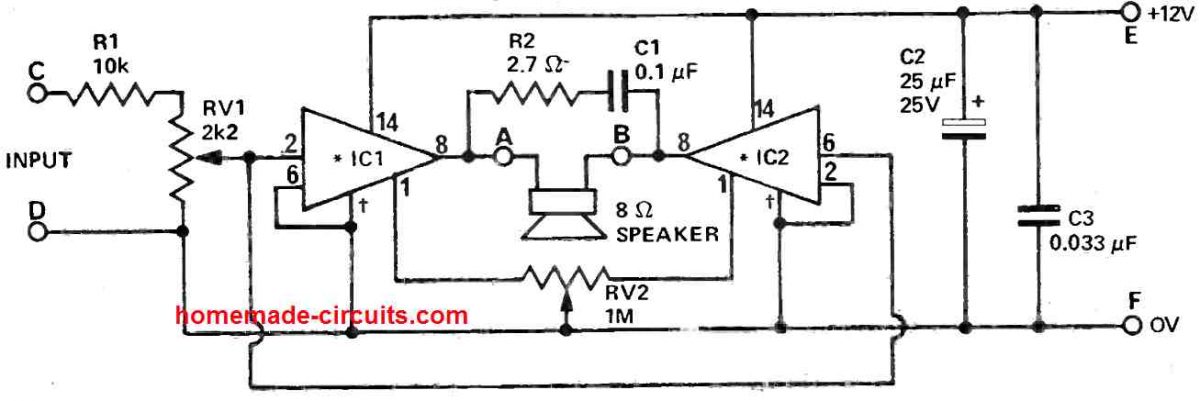This 555 siren circuit came from the TTL book I built it output is probably 1/2 watt. I want it louder so I added a mosfet. I think the speaker needs current limiting resistor R1. I'm not sure how many amps 3 lithium batteries in series are. .5 amp at the speaker will be .5 x 12 = 6 watts. 12v / .5 = 24 ohms for R1 is that correct?







